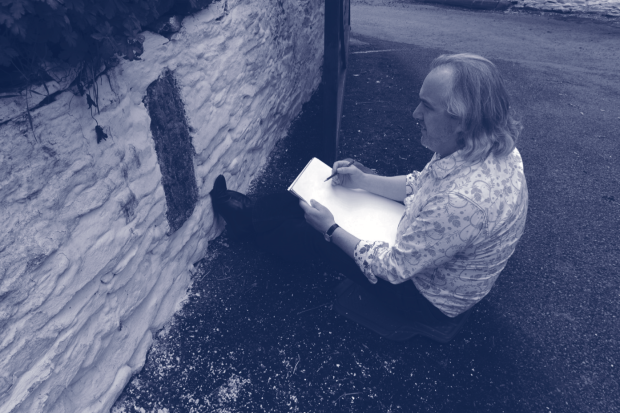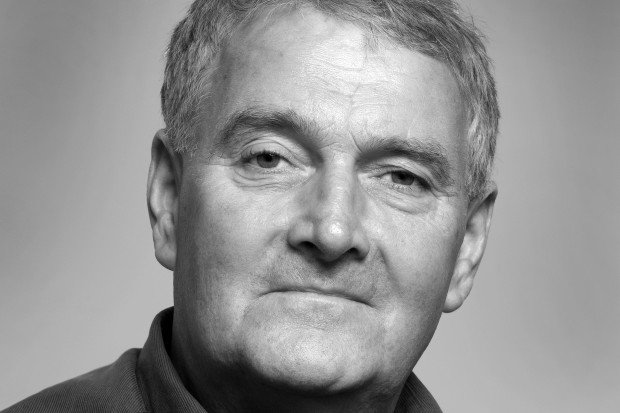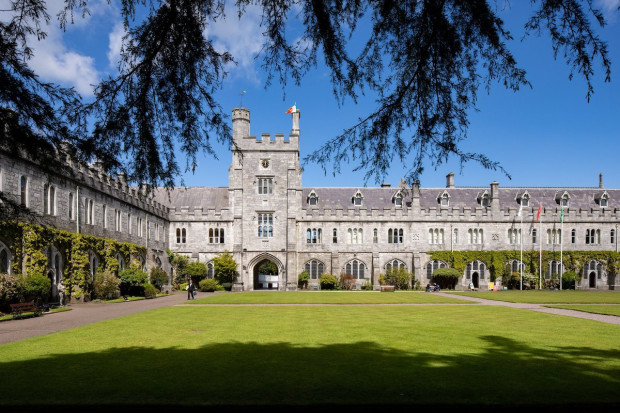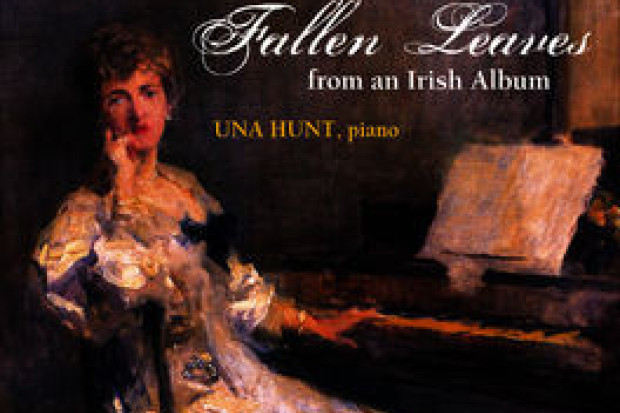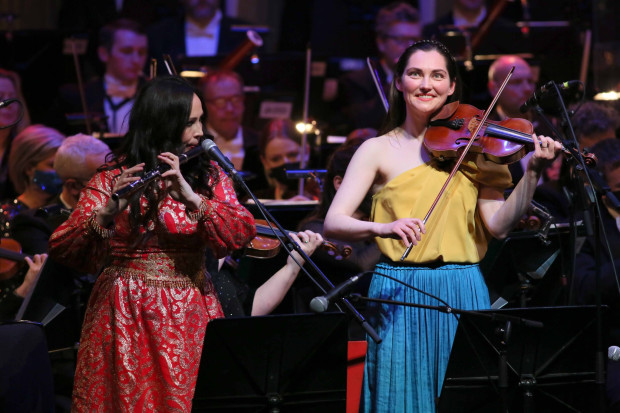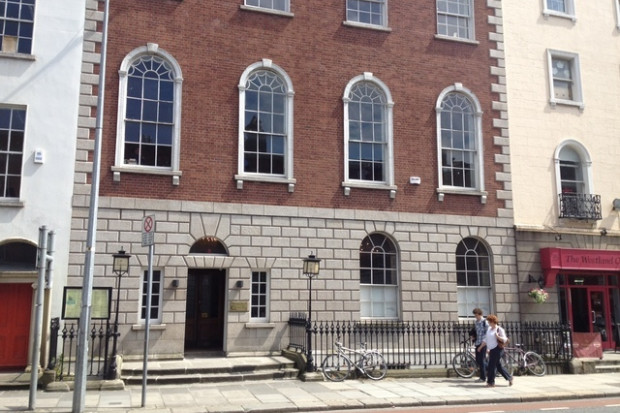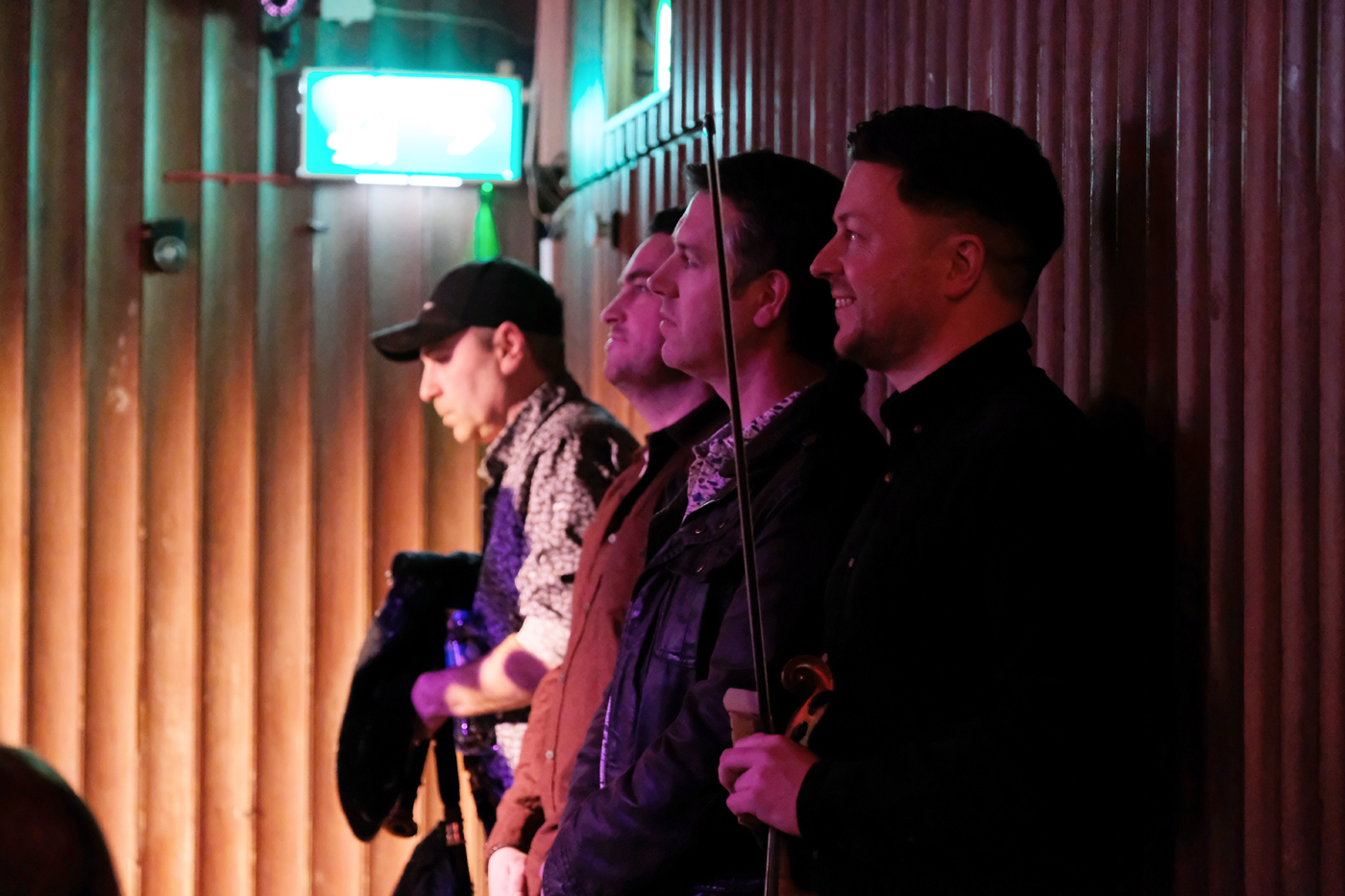
Anxo Lorenzo, Jack Talty, Jim Murray, and Dónal O’Connor
Transforming the Traditional Sound
There was a hum of excited chatter among the crowd at Triskel Arts Centre when I arrived for this Music Network concert. I spent a few moments observing those around me greeting each other and catching snippets of their conversations. It seems many were fans of one or more of the musicians and were eager to hear this new line-up of Anxo Lorenzo, Jim Murray, Dónal O’Connor and Jack Talty, four artists who had not played as a group before.
Concertina-player Talty and fiddle-player O’Connor are well known, however, in the world of traditional music, both in the genre in its purest form and in the realm of the experimental. Guitarist Murray tours regularly with Sharon Shannon and has recorded with Séamus Begley, Sinéad O’Connor and Steve Earle as well as laying down two of his own albums. Lorenzo, a Galician piper, has toured extensively and worked with the likes of Lúnasa, the Chieftains and Kathryn Tickell.
Flurries of movement
The quartet began with a slow air, ‘Cailín Deas ag Crúite na mBó’. The melody is shared between O’Connor, Talty and Lorenzo. They use dynamics and variants in touch to showcase the melody; it sounds less mournful and more celebratory. It is the accompaniment, however, that makes it different. Talty’s skill as a founding member of Ensemble Ériu shines through with his easy use of suspended chords. The three build layers of intertwined music, swapping the roles of melody player and accompanist easily, Murray providing expert colour with low bass pedal notes and flurries of movement on the higher register. They move into a jig, ‘The Clumsy Lover’. Lorenzo shifts to his gaita pipes and it transforms the sound completely. The sound of the gaita is reedy but still robust, and, more interestingly to me, they do not dominate the space.
As the concert progresses, contrasting formations appear. O’Connor and Talty play a set of exuberant reels, ‘The Humours of Lissadell’, The Queen of May’ and ‘The Flowery Fields of Scotland’. O’Connor’s playing is tonally excellent. Talty’s playing is nimble and light. Together their rhythm is train-like and relentless.
Murray takes a piece on his own, a slow air, ‘Sliabh na mBan’. His guitar playing during the faster tunes is percussive as well as melodic. His solo, however, showcases his raw skill, filling space in the tune with bursts of notes and irregular chordal choices.
Rhythmic double-stopping
We also hear all four play some Galician tunes, ‘Anton’, a ‘muiñeira’, which is a traditional dance, into ‘Jota de Porto de Cabo’. Lorenzo on the gaita takes the melody with Murray accompanying on guitar. They are joined by O’Connor playing pizzicato, followed by counter-melodies and rhythmic double-stopping when accompanying, and bullet-like triplet rolls when he is playing the melody. Lorenzo plays pulsing melodies displaying his technical skill with ornamental chromatic slides.
A highlight for the crowd came in the form of a little clay instrument played by Lorenzo. Murray jokingly introduces it as ‘the mouse’. It turned out to be an ocarina, and far from a mouse did it sound! Lorenzo made it sing like a linnet. From the first note he played, a feeling of pure wonder spread through the audience. With a woody and rounded sound, every note hit its mark.
I thoroughly enjoyed this concert. Each musician spoke of the educational value of the experience. It was apparent to me that they all adopted elements of each other’s music when playing as a group. Having known the music of O’Connor, Murray and Talty before, I didn’t know how the sound of Lorenzo’s pipes would sit in the ensemble, but I was treated to a show of four musicians who knitted their music together beautifully. A nod must be made to the superb treatment of their sound by engineer Chloé Nagle.
Music Network’s next tour features the Saltarello Trio (Garth Knox, Sylvain Lemêtre and Agnès Vesterman), 25 February to 7 March. For full details, visit musicnetwork.ie.
This is the third review published as part of our new Traditional Music Writer Mentoring Scheme supported by the Arts Council’s Deis traditional arts scheme. Over a number of months the editorial team of the Journal of Music will work with five new writers – Kevin McCullagh, Sadhbh O’Sullivan, Miceál Mullen, Ciara O’Leary Fitzpatrick and Moya Sweeney – and publish their reviews of traditional music around Ireland.
Read more about our previous Music Writer Mentoring Schemes here.
Published on 20 February 2020
Ciara O’Leary Fitzpatrick is a concertina player and composer from north County Cork. She lecturers at CIT Cork School of Music where she previously graduated with a Master’s degree in Performance, and currently works as the Acting Marketing Manager at Cork Opera House.












